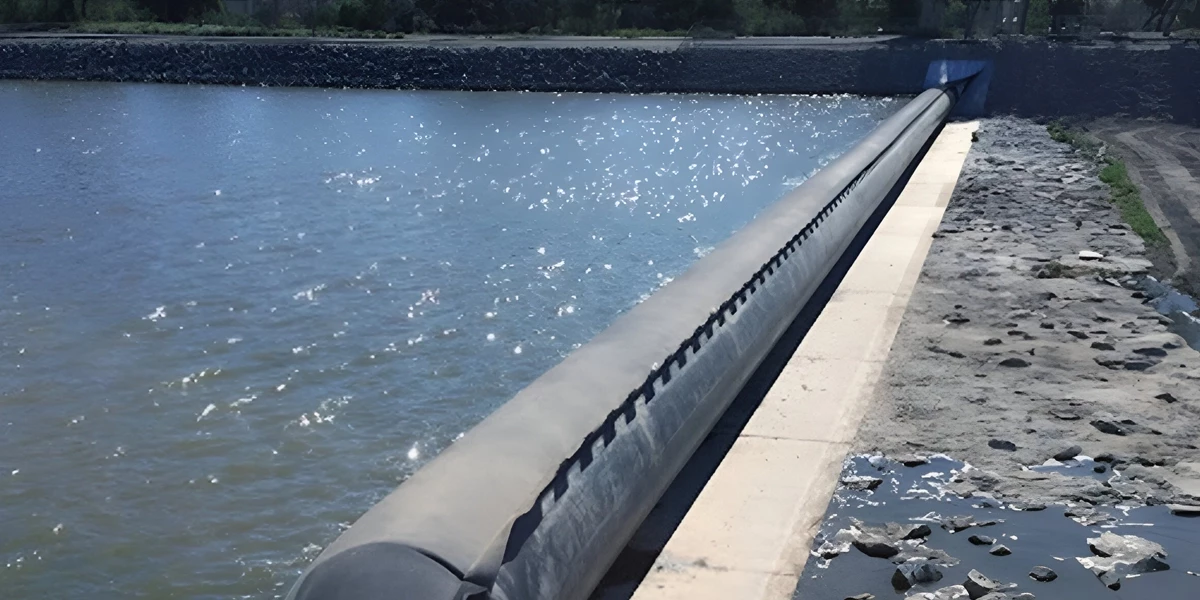

The need to manage water effectively continues to be critical in India due to yearly changes and irregular rain patterns that make reservoir storage difficult. Traditional dams succeed in storing water, yet their construction process demands large infrastructure development in addition to long implementation times. Rubber dam in India is a beneficial technology because it presents a sustainable and cost-effective water conservation and irrigation solution that also enables flood control. The inflatable characteristics of flexible barriers produce numerous advantages compared to standard dam construction, making them suitable for Indian water resource management needs.
High-strength rubber, which received synthetic fabric reinforcement, forms the base element of rubber dam structures. Rubber dams function by being placed across rivers and streams or canals to handle water flow and store water as well as avoid flooding. A key advantage of rubber dams over concrete and steel structures is their adaptability because they can both rise and fall under operational demands that help address water resource needs.
A rubber dam functions by a method that combines efficiency with straightforward operation protocols. The rubber dam becomes operational after water or air inflation, that allows it to control the flow of water. The deflated state of the rubber structure permits the water to travel freely across the riverbed since it maintains a flat position. Rubber dams serve as the preferred water control solution since they deliver dynamic water management capabilities.
The classification of rubber dams stems from their two main structural aspects and the choice between water or air inflation. The rubber dam types are:
The design includes filling the rubber mass with water to achieve the desired weight requirements for stability. These structures serve both as a tool for flood control and additional purposes related to irrigation management.
The structure of air-inflated rubber dams relies on compressor-generated air for support. Air, compared to water, presents better response rates among rubber dams with the additional advantage of quick inflation and deflation capabilities.
Single-Bladder Rubber Dams exist with one chamber design for simple operation and wide use in small-scale projects.
Multiple rubber bladder systems improve control and last longer so they work effectively for managing large water management projects.
Rubber dam construction requires fast completion and generates cheaper costs than traditional concrete dams. The construction process of rubber dams requires the following sequence:
Engineers determine optimal locations by inspecting rivers and canals to find suitable ground conditions for proper foundation attachment.
A reinforced concrete foundation receives installation directly at the riverbed as part of building the rubber dam infrastructure.
The high-strength rubber membrane receives secure attachment on the foundation through anchor bolts and fasteners.
Expert testing begins after air or water inflation of the dam structure to verify that it maintains proper design specifications.
Installation of the rubber dam enables automated control systems to regulate inflation pressures for ongoing performance assessment.
There are many rubber dam advantages that position this solution as an optimal choice for water management in India.
The construction of rubber dams needs fewer raw materials, which, in turn, reduces both labour costs and end-to-end expenses.
The device enables precise water flow management because it operates through deflation and inflation using flexible mechanisms.
The construction duration of rubber dams stands shorter than that of traditional dams, where they can be installed for weeks to months.
The dams operate eco-friendly because they protect aquatic ecosystems while enabling fish to maintain their natural migration movements.
These dams need minimal maintenance throughout their long lifespan, which makes them cost-effective for economic operations.
The adaptable structure of rubber dams enables better resistance against seismic events in comparison to concrete structures, which remain rigid.
Indian society is adopting rubber dam technology while completing multiple operational projects in different parts of the nation. The longest rubber dam in India operates as the Gokul Barrage Rubber Dam in Mathura, Uttar Pradesh. The 150-meter-long water structure takes on a vital position for conserving water while providing irrigation benefits and protecting the area from floods.
As a leading provider of water management solutions, Yooil Envirotech specializes in the design, construction, and implementation of rubber dams across India. With a focus on sustainability and innovation, the company offers tailored solutions to meet diverse water conservation needs. By integrating cutting-edge technology and high-quality materials, Yooil Envirotech ensures the longevity and efficiency of rubber dams in various applications, including irrigation, hydropower generation, and urban water management.
Rubber dam in India is a game-changer in the water management landscape. Their ability to efficiently regulate water flow, prevent flooding, and support irrigation systems makes them an invaluable asset. As more regions adopt this technology, rubber dams will play a crucial role in addressing India’s water challenges in an environmentally sustainable and cost-effective manner. With companies like Yooil Envirotech leading the way, the future of water conservation in India looks promising, with rubber dam solutions at its core.
